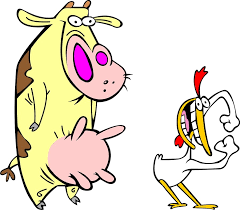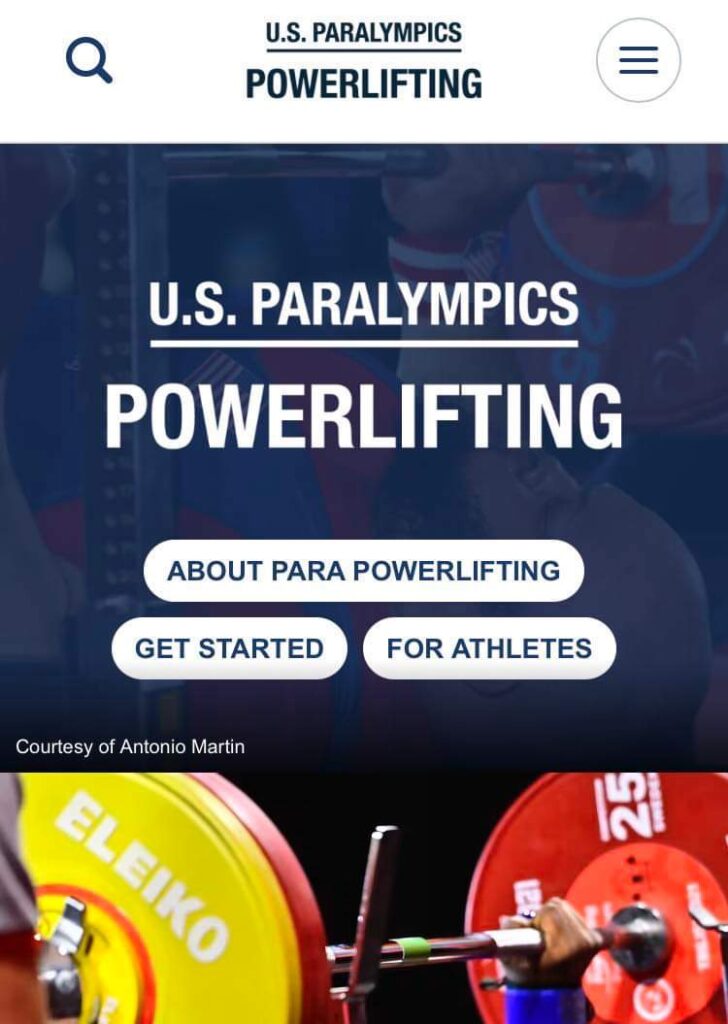
Make things easier for me to understand and act on. Give me a list of expectations, a list of boxes to check. That helps me prioritize things and increase efficiency.
Today’s list so far has included:
Shower
Stand in rack (5×10 seconds)
Bicep Curls (sets of 20)
Punching Bag (2 minute sets)
Fluids
Next will be:
Cereal – Mini Wheats
Cranberry Juice
Factor4
______
Talk about getting high on your own supply, yesterday I ordered 3 cans of LiveGood’s Creatine + HMB! I am excited to try it! I think it was smart to order a can for myself and 2 cans to have in stock in case anyone I know wants to try and or buy a can seeing how it adds to my output. I am pumped knowing that I’m more eager to see my mental capacity and output elevate over an increase in physical pump.
I had physical therapy yesterday. I did very well. My legs are feeling it today. In therapy, we placed 3 or 4 wooden planks within the parallel bars. I started with lifting my left leg to clear the wood followed by my right. I was pleasantly surprised with increased control of my left leg. I led with clearing the planks with my right leg first on the way back.
I feel like Rocky again. Completely zoned in, focusing on my training and output. It feels great.
Creatine is a naturally occurring compound found in our bodies, primarily in the muscles. While it’s commonly known for its role in enhancing physical performance, recent studies have also explored its potential benefits for brain function.
To understand how creatine may elevate brain function, let’s first introduce the concept of ATP, which stands for adenosine triphosphate. ATP is often referred to as the “energy currency” of cells because it provides the energy needed for various cellular processes.
When ATP is used by cells, it loses one of its phosphate groups and becomes adenosine diphosphate (ADP). Creatine, in its phosphorylated form known as phosphocreatine (PCr), helps replenish ATP levels by donating its phosphate group to ADP, converting it back into ATP. This process occurs in the mitochondria, the energy powerhouses of our cells.
By increasing the availability of ATP, creatine supplementation may enhance energy metabolism in the brain. This can lead to improved cognitive functions that rely on energy-demanding processes, such as memory, attention, and information processing. Additionally, creatine’s neuroprotective properties and its ability to enhance neurotransmitter release have been suggested as potential mechanisms for its positive effects on brain function.
While research on the cognitive effects of creatine is still evolving, several studies have shown promising results, particularly in tasks requiring short-term memory and cognitive processing speed. However, it’s important to note that individual responses to creatine supplementation may vary, and more research is needed to fully understand its precise mechanisms and long-term effects on brain function.

Para powerlifting is an inspiring and empowering sport that showcases the strength and determination of athletes with physical disabilities. It is a competitive form of powerlifting specifically designed for individuals with impairments that affect their ability to participate in conventional weightlifting. In para powerlifting, athletes compete in different weight categories and demonstrate their strength by lifting as much weight as possible in the bench press.
One remarkable aspect of para powerlifting is its inclusivity, as it provides opportunities for athletes with a wide range of disabilities to excel. Athletes are classified into different categories based on their impairment, ensuring fair competition among participants with similar levels of functional ability. This classification system allows athletes to compete against others with similar physical characteristics, creating a level playing field.
Para powerlifting not only showcases the extraordinary physical strength of its athletes but also promotes their mental resilience and determination. It is a sport that pushes boundaries and challenges societal perceptions of disability, emphasizing the abilities and achievements of individuals who have overcome significant obstacles.
The sport has gained recognition and popularity over the years, with the Paralympic Games being a prominent platform for para powerlifting competitions. Athletes from around the world come together to demonstrate their skills, strength, and determination, inspiring others and breaking down barriers in the process.
The training and preparation required for para powerlifting are rigorous and demanding. Athletes focus on building strength, enhancing technique, and improving overall physical fitness. They work closely with coaches and support teams to develop personalized training plans that cater to their specific needs and goals.
Beyond the competitive aspect, para powerlifting has a profound impact on the lives of athletes. It instills a sense of confidence, self-belief, and camaraderie, fostering a supportive community where athletes uplift and motivate each other. Through their performances, para powerlifters serve as role models, proving that physical disabilities are not limitations but hurdles that can be overcome with determination and resilience.
Overall, para powerlifting is a sport that celebrates the indomitable spirit of athletes with disabilities, showcasing their strength, skill, and perseverance. It serves as a powerful reminder that every person, regardless of their physical abilities, has the potential to achieve greatness and inspire others along the way.
Creatine Intake – Loading Phase
